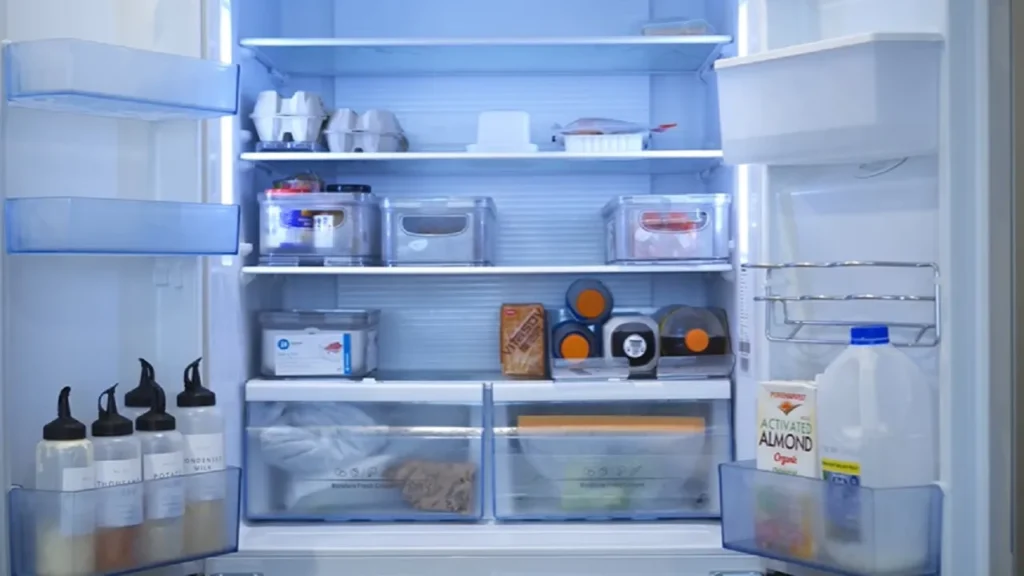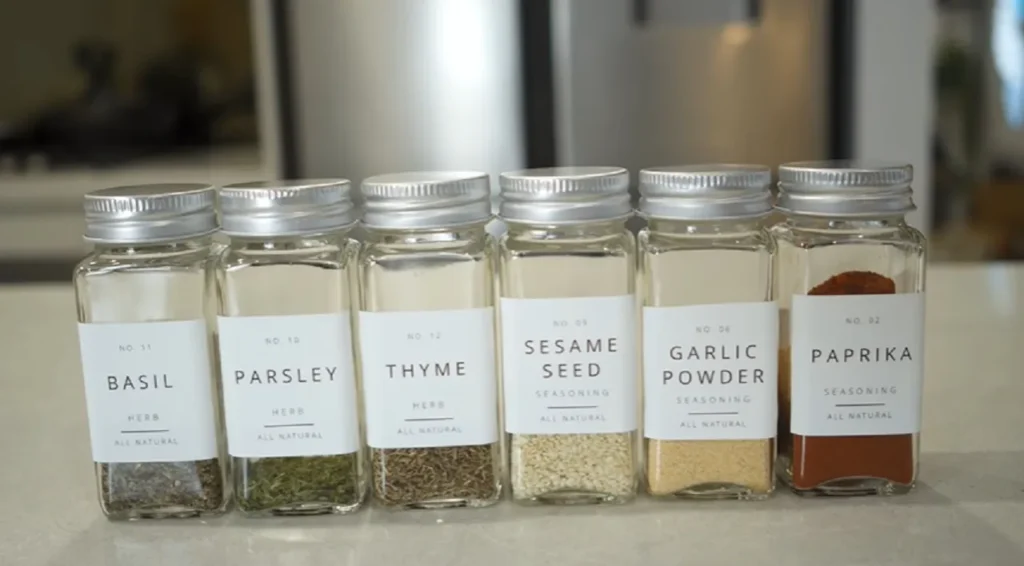Want to transform your kitchen into an efficient and enjoyable cooking space? This beginner’s guide provides key principles and practical tips for optimal kitchen organization.
Core Principles of Kitchen Organization
There are four guidelines to use for organizing a kitchen:
- The kitchen environment should be enjoyable to cook in.
- Every item, tool, and ingredient should have a defined space and be as visible as possible.
- The most used items are easy to get to.
- The storage solution should be simple and economical.
By following this system, a kitchen that is efficient for cooking and cleaning up is created, most importantly establishing an environment that is fun to cook in.
Kitchen Setup: A Detailed Walkthrough
This article will walk through an entire kitchen setup, from knives to pots and pans to spices. The aim is to cover everything, emphasizing that this kitchen is about creating a place that one enjoys being in, that one wants to cook in, and that inspires cooking. Consider how these ideas can relate to your own kitchen, and find inspiration to create a kitchen that you want to cook in.
Counter and Island Setup
In this kitchen, there are two sides: the counters with the sink and the counters with the stove. Upon moving into the apartment, there was a five-foot-long area beneath the window, and this is where the movable kitchen island was placed, primarily created to be the center piece for content as well as make more counter space for cooking. Walking into the kitchen and feeling like there is a blank canvas to cook upon helps one feel most at ease while cooking.
When first moving into the apartment, the microwave was actually taking up the entire counter to the left of the sink, but since it is only used two to three times a week, it made zero sense to actually have it out on the counter all the time, so it was moved back out to the living room. A large booze block cutting board is set up to the left of the stove, and this stays out permanently and is probably where most prep work happens for small meals that aren’t being filmed. This is what one should aim for their kitchen to look like after finishing cooking and cleaning each time.
Storage Solutions: Drawers and Cabinets
With this general layout covered, facing the stove, we will move left to right around the kitchen. The first drawer to the left of the stove houses cutlery and some small utensils like a rolling pin, grater, whisk, garlic crusher, and can opener. All these items are placed in a bamboo drawer organizer.
The cabinet below the cutlery drawer is where pots and pans are stored. On the top shelf, there is a large stockpot and just a lid to one of the other saucepans. Then on the bottom, there are pots and pans stored in an expandable pot organizer. It’s important to keep pots and pans to a minimal number to what is actually needed and used.
To the right of the stove is a column of four small drawers. The top one contains essential cooking utensils like spatulas, tongs, and slotted spoons. Below this drawer is plastic wrap, freezer bags, tin foil, and parchment paper. The third one down usually stores breads that are eaten within a couple of days. The bottom drawer contains all of deli containers, which are the containers used for basically 95% of storing food. All the lids are the same size and they fit really nice in the fridge. They’re easy to see what’s inside them.
Refrigerator Organization
Let’s discuss the fridge, starting with the exterior. On the top, some sauces and vinegars are kept. It also houses a roll of paper towels. This is a great find for organization. The magnet is super strong.
In general, the top and bottom shelves are the coldest areas of the fridge, so on the top shelf, leftovers are placed so they can cool faster and get them out of that food danger zone, which is 40 to 140 degrees Fahrenheit. Yeast is also stored in the back, along with some other things like yogurt. On the middle shelf, vegetables and fruits are placed in bins. This ensures fruits and vegetables are used up before they go bad.
On the bottom shelf, items like drinks and eggs or any overflow items are placed. In the shelf drawer, all cheeses are kept. In the large bottom drawers at the bottom of the fridge, larger vegetables like carrots and lettuce are placed, being sure not to overfill the drawer just so it is possible to see everything inside there. Lastly, all raw meats are placed in the lower right drawer. The fridge door is for all condiments, pickled items, and drinks. Try to keep them in a single row so none get tucked behind where one can’t see them.

Pantry and Sink Area
Swiveling to the sink side of the kitchen, there is the pantry, which is part in this cabinet and part of the lower cabinets to the right of the sink. It is best to avoid stocking up on a ton of stuff, so one can get better at actually using what they have. Typically, things like whole tomatoes, evaporated milk, plenty of pastas, and various vinegars and other sauces are kept in the pantry. These are really nice containers for pantry items.
For the sink, there is just a dish mat out that has sponges, dish soap, trash bags, bar keepers friends, and some general-purpose spray under here. Also, the trash bin is kept under the sink as well. To the drawer to the right of that one, there are all of the spices. It’s important to keep your spices away from open air, moisture, heat, and direct light, so they are kept in translucent jars. They are easily refillable and easily identifiable.
Tableware and Knife Storage
For table and dishware, they are kept in this large cabinet, and plates and bowls are on the bottom shelf, which are used most often. Then on the second shelf, there are wet stones, some other plates, mason jars for pickled onions, and some cast irons for plating purposes. On the next top shelf, there are some bread baskets, a sous-vide, and some glasses. There is nothing on the top shelf because it is out of reach. To the right of the cabinets, for knife storage, a magnetic wall rack is used.

DIY Kitchen Island Details
To round out the tour is the DIY kitchen island. Again, it’s just the center piece but a couple of things are stored underneath, like an onion and garlic bin, which is used all the time, some mixing bowls, a food processor, a mortar and pestle, and an extra cutting board that is typically used for raw meats. A couple of things are also hung up as seen fit. All in all, this system that was put in place for storage and organization in the kitchen is effective.